The story of the 1950s Fender “Payola” Telecasters, which featured one of the wildest guitar mods of all time
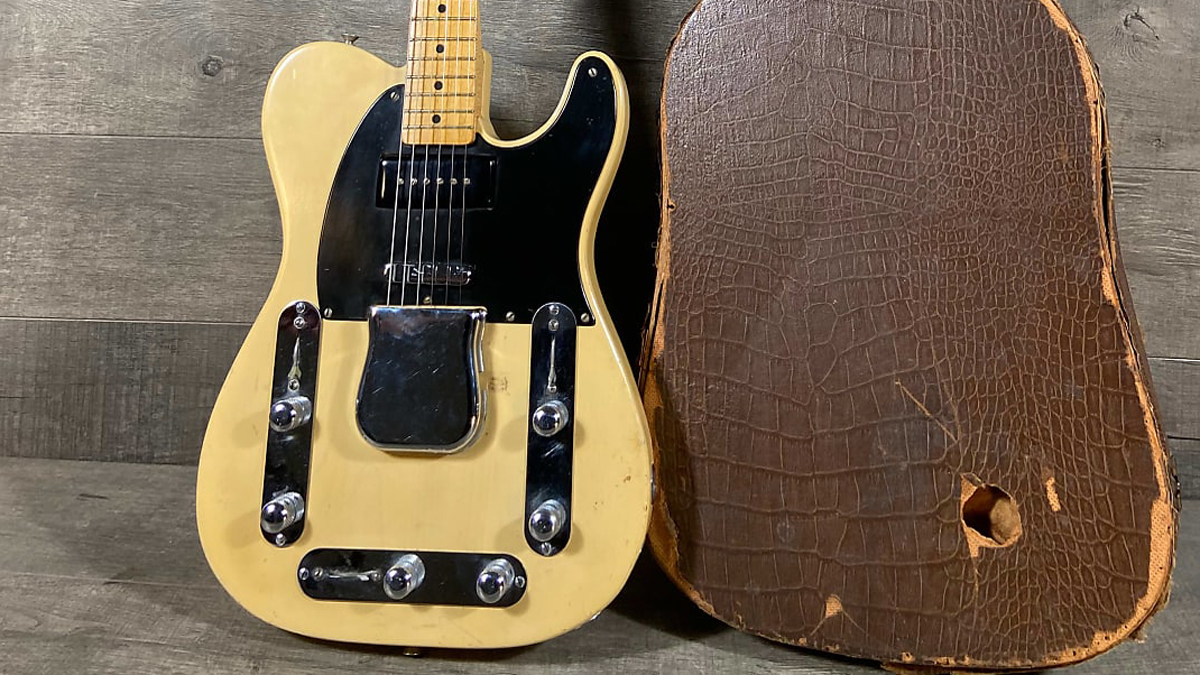
From wringing out extra tone through weird and wonderful electrical wiring to blasphemous body botch jobs that convert single-cuts to double-cuts, guitar owners usually mod their electric guitars for two reasons: to boost their tonal palette and to improve their playability. The unusual aesthetic outcomes are just an added bonus.
Yet Fender Payola guitars – which flashed arguably one of the wildest guitar mods of the era and beyond – were less worried about tone and playability, and more concerned with output and economics: they were devised to allow one guitar to record through three or four amps at once.
It’s a very particular guitar modification that is over six decades old, but one that continues to baffle and bemuse six-string fans to this day. Indeed, in their end-of-year round-up, Reverb reported a certain 1951 Fender Nocaster, complete with an especially eye-catching Payola mod, was one of 2022’s most-watched pieces of gear.
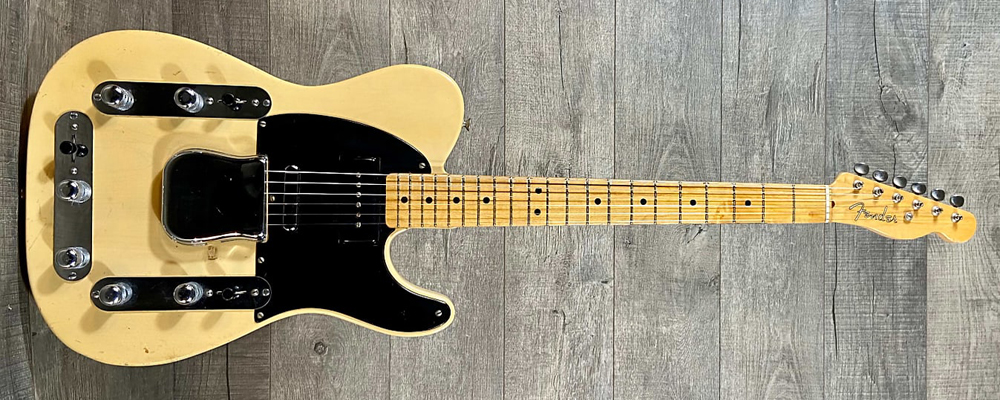
The ‘50s saw the emergence of the Payola instruments – at first Fender Broadcasters and Nocasters, then Telecasters – which were conceived by recording engineers and musicians, and used by session guitarists. The idea was simple: rig a guitar with three or four pickups, give it a matching number of output jacks, and you could record a handful of guitar tracks all at once. One take would yield multiple usable recordings.
Not only was this beneficial for speeding up the recording process and increasing the catalog of guitar cuts to eventually choose from – not to mention reducing the need to change amp and mic setups after every take – it also meant session players would be paid more for their work, as they’d be able to produce a healthy amount of output.
However, there might be more to the Payola story than just speed and efficiency. By the very nature of its name, the Payola mod carries slightly scrupulous connotations, owing to the fact the practice of payola itself involved “bribing someone in return for the unofficial promotion of a product in the media”.
Whatever the case, the Payola hosted by Reverb is a different beast altogether. Not only does it flash a trio of independent pickups, it also comes equipped with three distinct control plates positioned around the body.
Get The Pick Newsletter
All the latest guitar news, interviews, lessons, reviews, deals and more, direct to your inbox!
According to the listing, the now-priced-at $59,950 guitar was reconfigured into its Payola form in 1951, and tweaked to accommodate a late-’40s Gibson P-90 in the neck, the guitar’s original pickup in the middle and a Seymour Duncan vintage-style single coil in the bridge position. Each unit can also be sculpted via dedicated volume and tone knobs.
A well-known champion of the Payola design is Bruce Springsteen, whose slightly less obscure model – perhaps best known as his number one electric guitar that he used for Born to Run and countless other hits – adopts much of the same DNA.
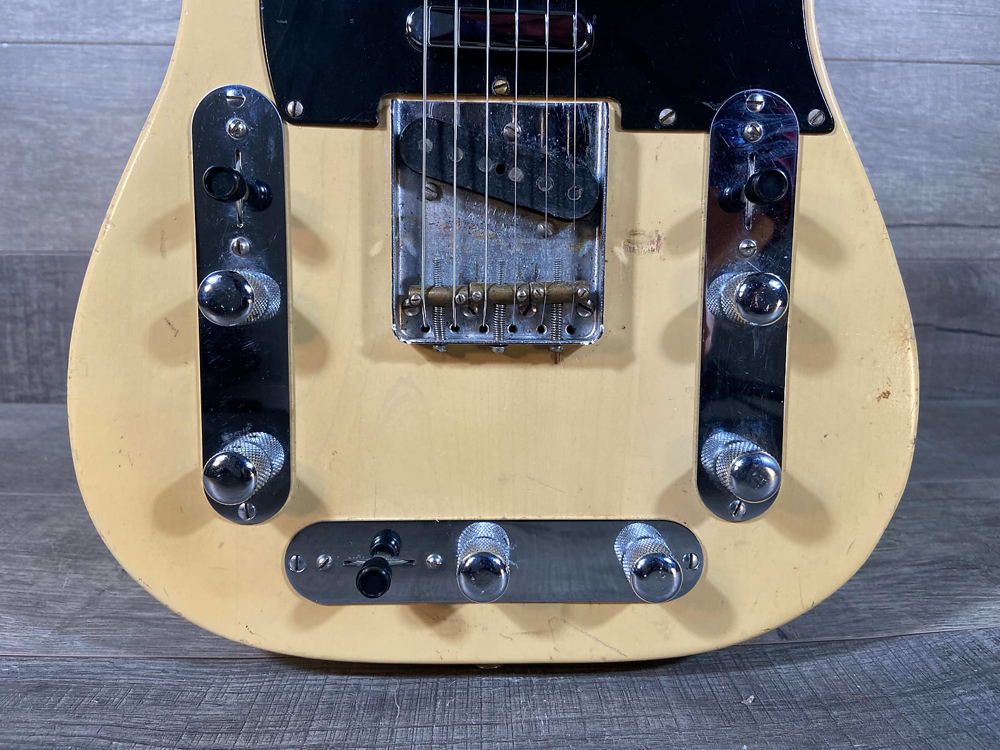
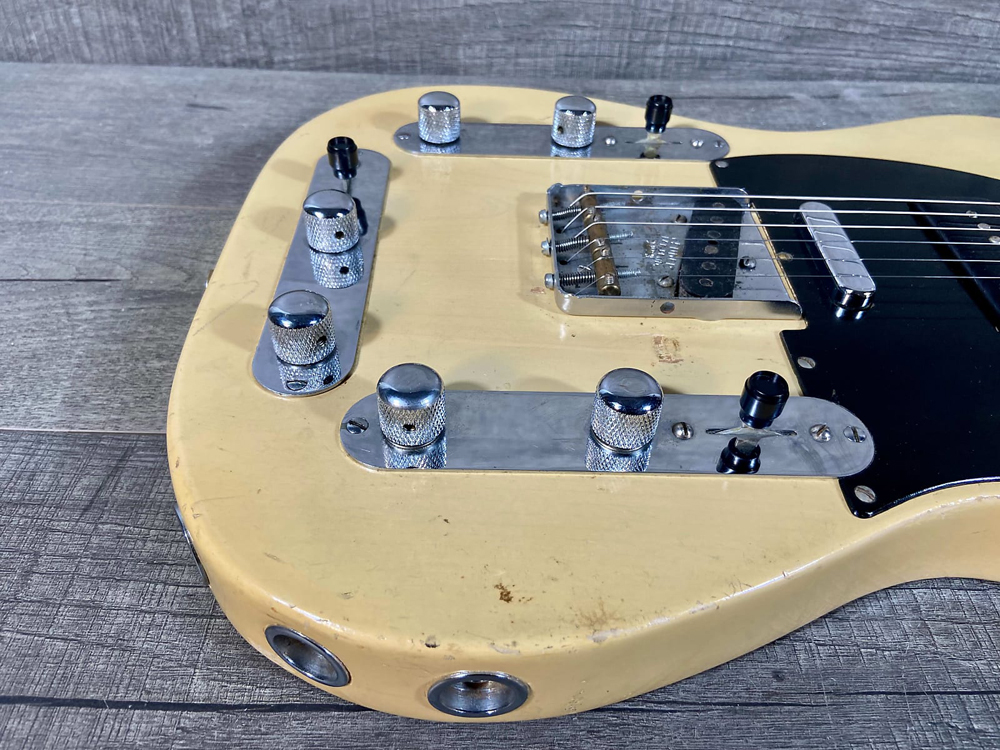
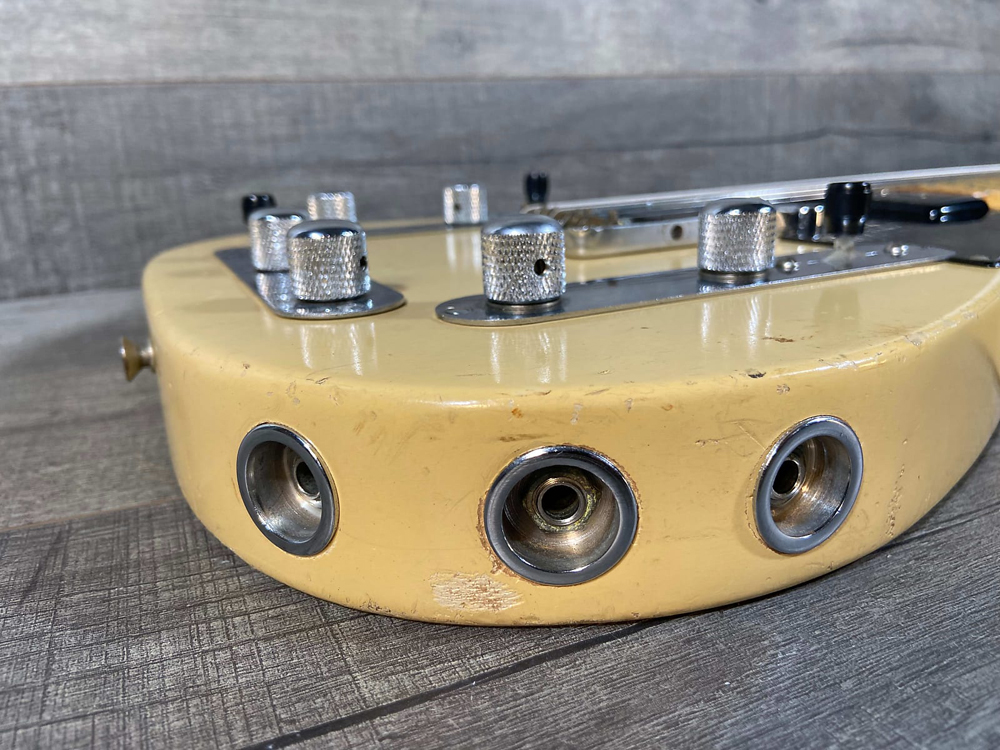
Dated as a ‘53 or ‘54 model, Springsteen’s six-string features an Esquire neck and a Telecaster body that had been retrofitted with four pickups and a quartet of output jacks long before it made its way into the hands of The Boss.
According to Christopher Phillips, editor of the Springsteen fanzine Backstreets, Springsteen’s own guitar saw action in the session circuits, and was used to collect four times typical union pay for playing four slightly different versions of the same guitar solo.
Springsteen’s guitar didn’t have the additional control plates, and so looked far more like an orthodox single-cut from Fender.
At the time of writing, Reverb’s ‘51 Payola Telecaster is being watched by 782 people, making it the fourth most-watched piece of gear on the company’s website from 2022, alongside a 1958 Gibson Les Paul Burst model.
Alas, despite its seeming popularity, it looks as though its $59,950 value will price most punters out of a purchase. Perhaps guitarists have just bookmarked the remarkable model so they can easily come back to take one more look at what is undeniably one of the craziest yet practical guitar mods ever devised.

Matt is the GuitarWorld.com News Editor. He has a Masters in the guitar, a degree in history, and has spent the last 16 years playing everything from blues and jazz to indie and pop. When he’s not combining his passion for writing and music during his day job, Matt records for a number of UK-based bands and songwriters as a session musician.
“It combines unique aesthetics with modern playability and impressive tone, creating a Firebird unlike any I’ve had the pleasure of playing before”: Gibson Firebird Platypus review
“This would make for the perfect first guitar for any style of player whether they’re trying to imitate John Mayer or John Petrucci”: Mooer MSC10 Pro review










